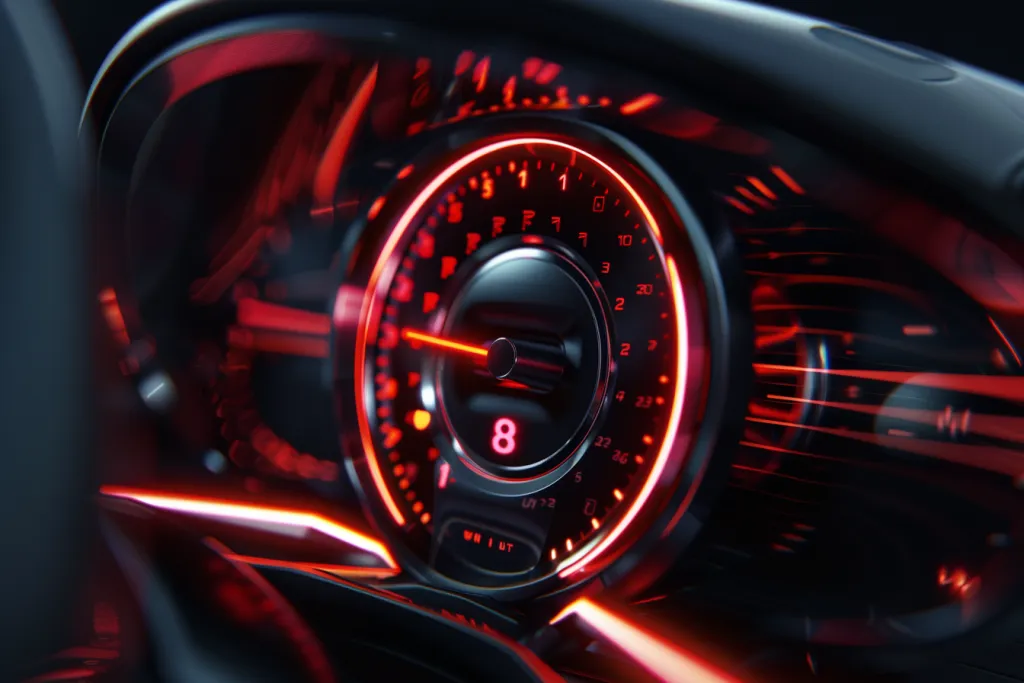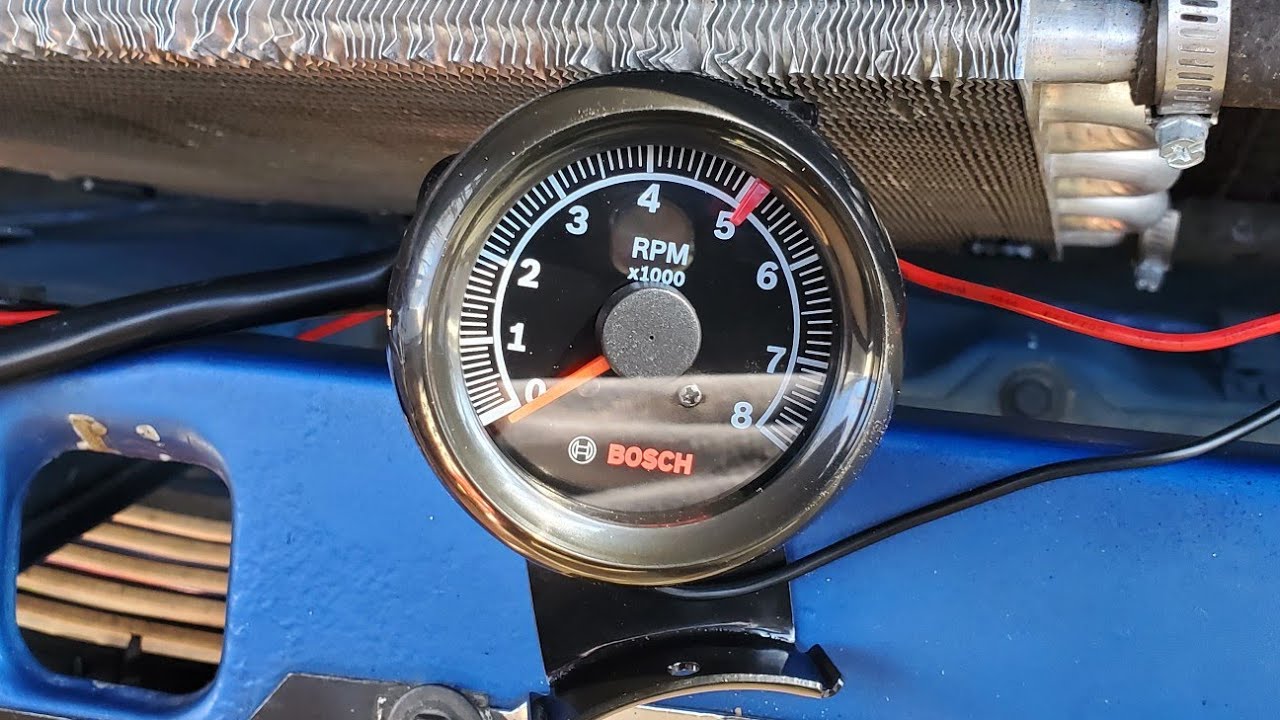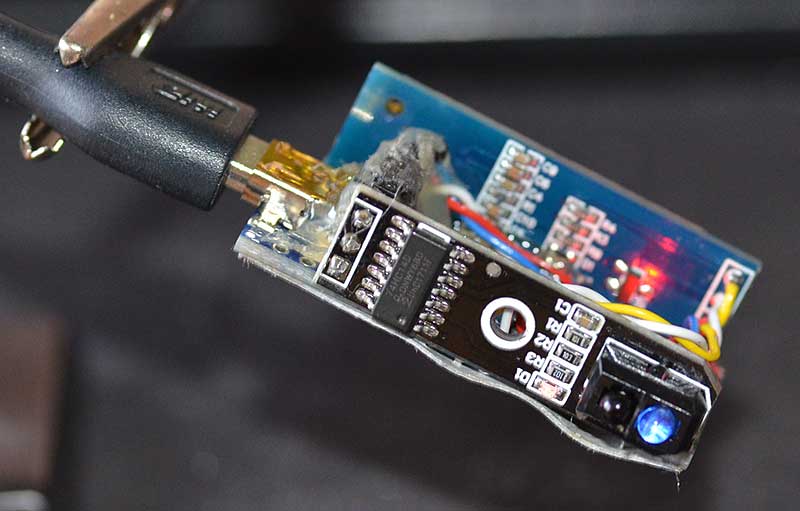A tachometer is a device used to measure the RPM (Revolutions Per Minute) of an engine. Installing a tachometer on a small engine can help monitor its performance, ensuring it runs optimally. This guide will walk you through how to install a tachometer on a small engine, providing steps, tips, and precautions to make the process seamless.

Why Install a Tachometer?
Understanding the benefits of a tachometer is the first step. It not only helps in monitoring engine speed but also aids in maintaining its health. Knowing the RPM can prevent over-revving, which can cause engine damage.
Gathering the Necessary Tools
Before beginning the installation, ensure you have all the necessary tools. Heres a list:
- Screwdrivers
- Wrenches
- Wire strippers
- Connectors
- Electrical tape
- A tachometer
Pre-Installation Steps
Before diving into the actual installation, follow these preliminary steps:
Reading the Tachometer Manual
Always start by reading the tachometers manual. This manual provides specific instructions for your tachometer model, ensuring you follow the correct procedures.
Preparing the Small Engine
Turn off the engine and make sure it is cool before proceeding. Disconnect the battery to avoid any accidental electrical shocks.
Installation Process
Step 1: Mounting the Tachometer
Choose a suitable location for mounting the tachometer. Typically, it should be mounted where its easily visible while operating the engine. Use the screws provided to secure the tachometer in place.
Step 2: Connecting the Wires
Identify the wires on the small engine and the tachometer. Usually, there are three wires: a power wire, a ground wire, and a signal wire. Connect the power wire to the ignition switch, the ground wire to a metal part of the engine, and the signal wire to the ignition coil.
Step 3: Securing the Wires
Once connected, secure the wires with electrical tape or connectors to ensure they do not come loose or get damaged during engine operation.
Step 4: Testing the Tachometer
Reconnect the battery and start the engine. Check the tachometer to ensure it is working correctly and accurately displaying the RPM.
Troubleshooting Common Issues
The Tachometer is Not Working
If the tachometer is not working, double-check the wire connections. Make sure each wire is connected securely and to the correct component.
Inaccurate RPM Reading
If the RPM readings are inaccurate, adjust the tachometer settings as per the manual. You may also need to recalibrate the tachometer.

FAQs
What is a tachometer?
A tachometer measures the rotational speed of an engine in RPM.
Why should I install a tachometer?
A tachometer helps in monitoring the engine’s performance, preventing over-revving and potential damage.
Is it difficult to install a tachometer?
With the right tools and instructions, installing a tachometer on a small engine is a manageable task.
For more information on tachometers and their function, you can visit How Tachometers Work (rel=’nofollow’).
For more on related technologies, check out Advanced Stroboscopic Detection, Paint Inspection, and Genetic Analysis.
